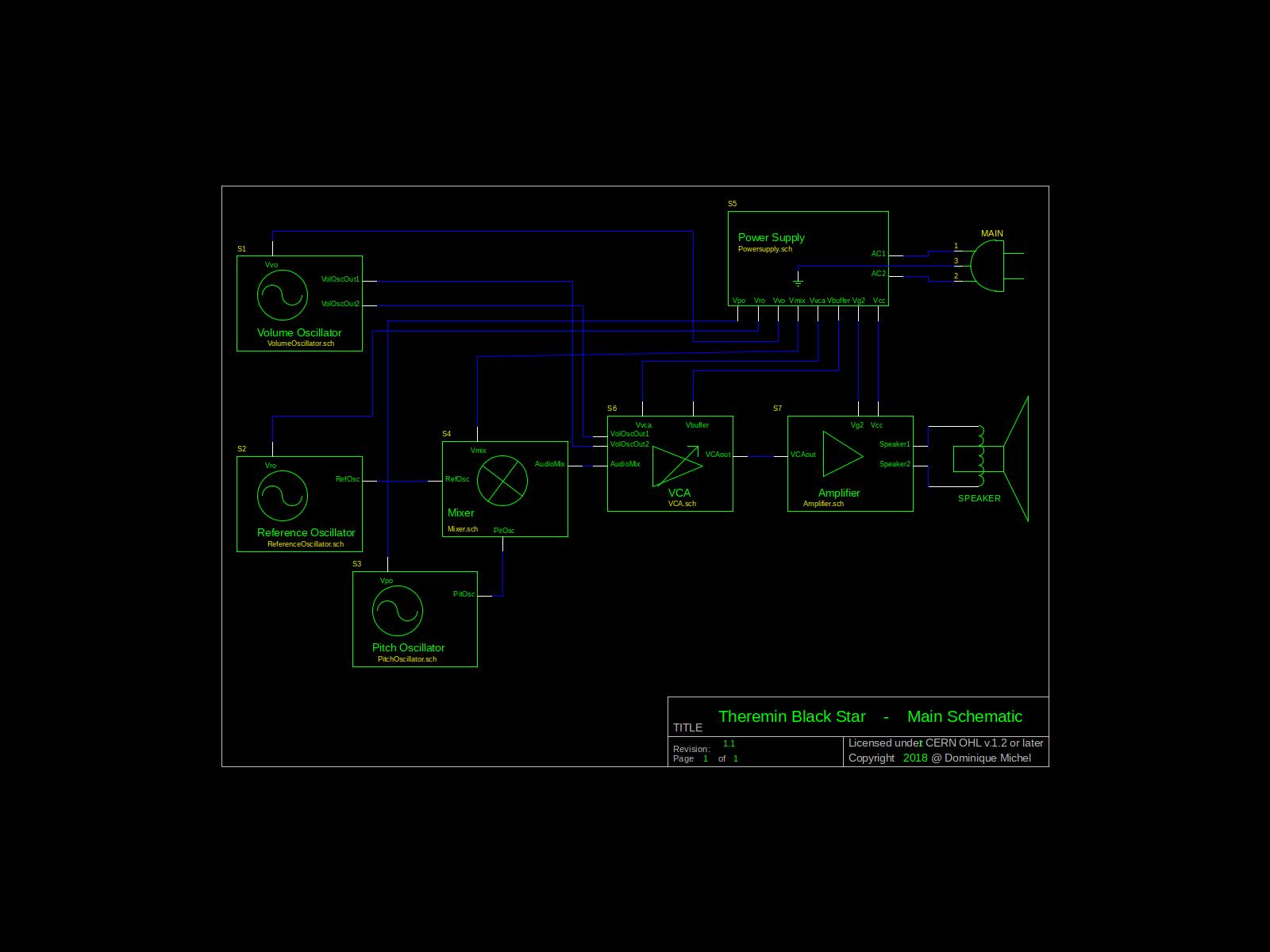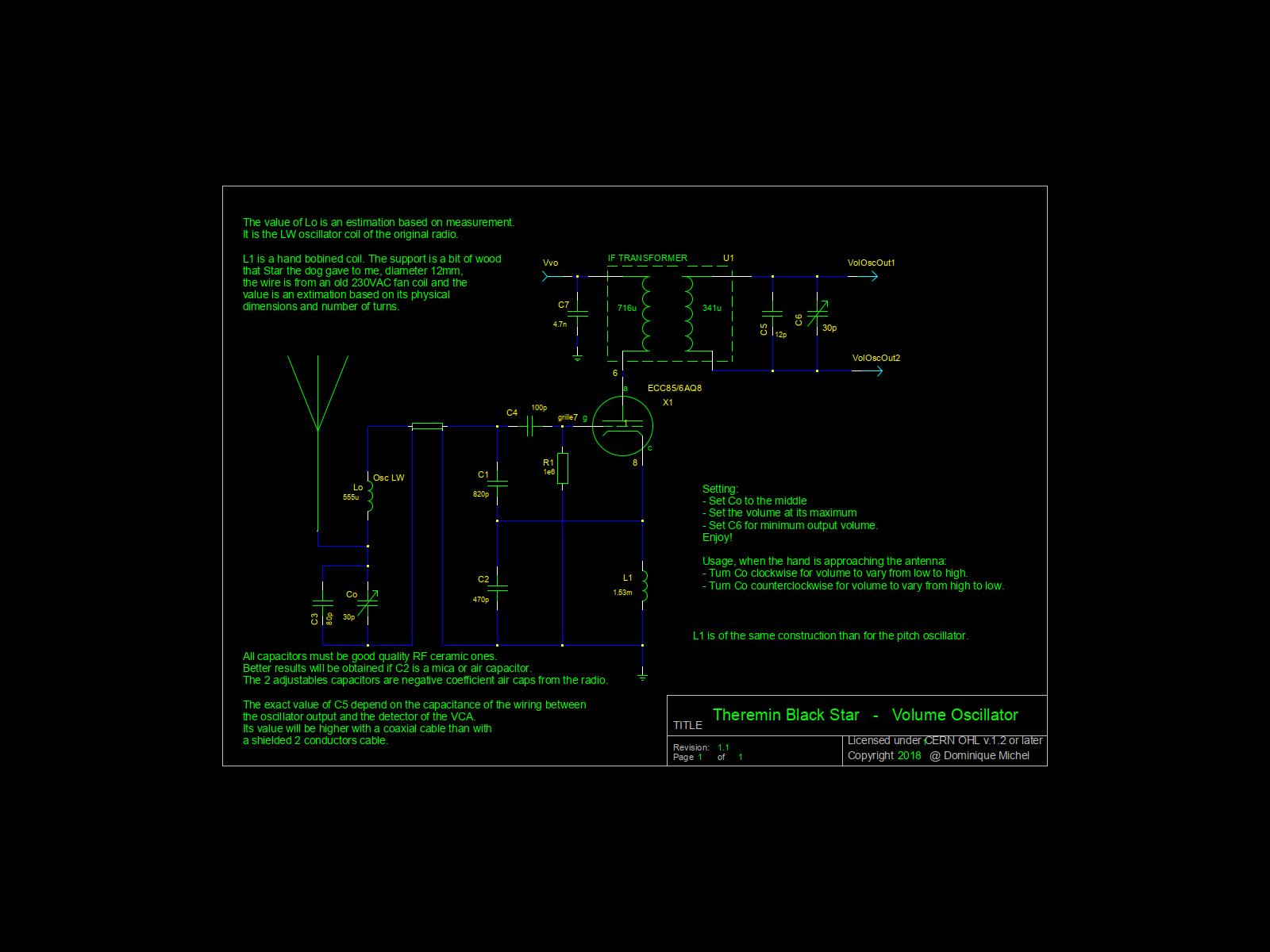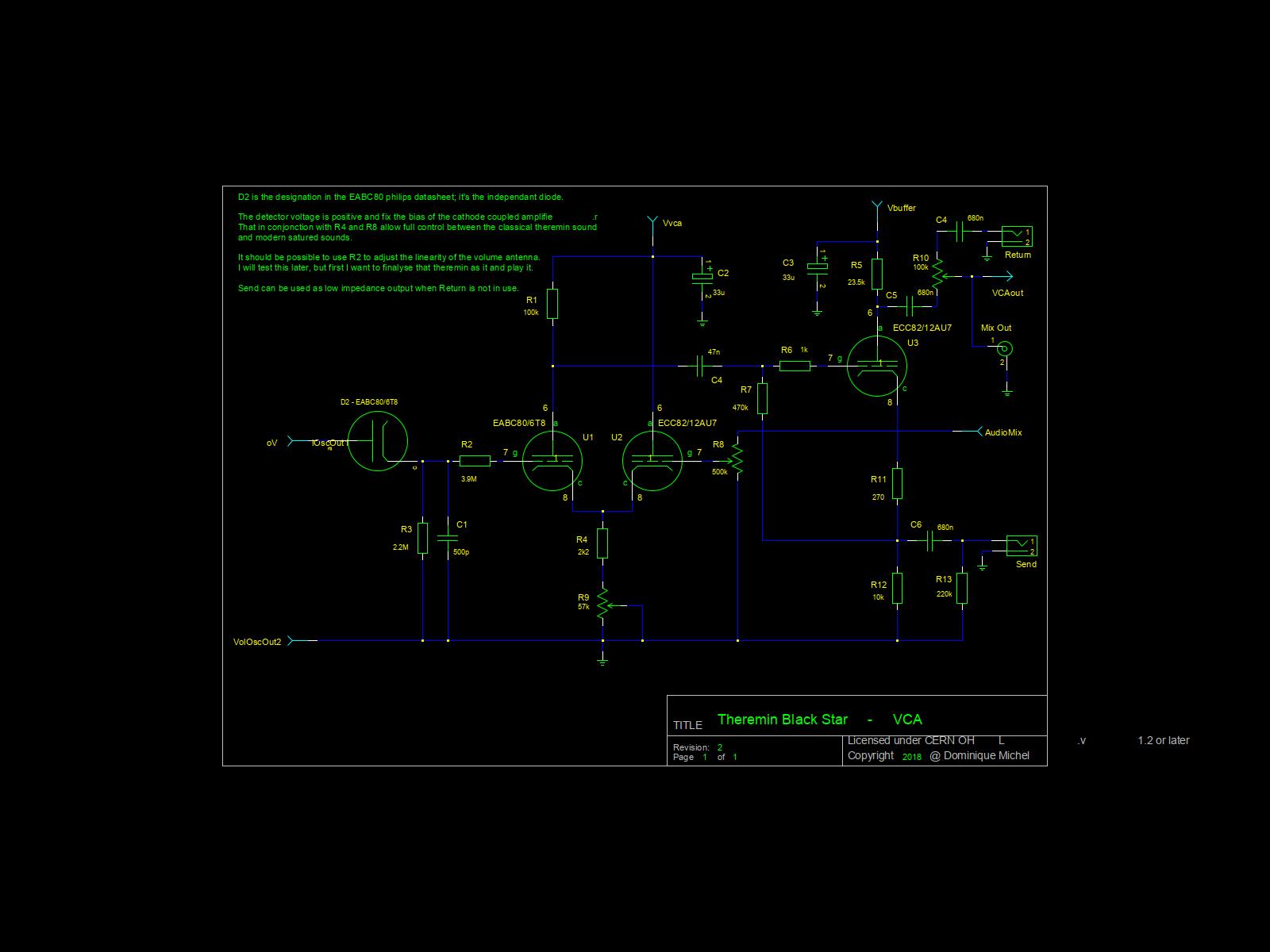Hi folks,
It's my first post here. I am an engineer in electronics with a strong background into radio-electricity and musical electronics (from vacuum tubes to DSP). But for now and I hope for good, I am converting into an artist, playing guitar and singing, also playing theater (music and acting have a lot in common, especially with the voice, the rythm and the respiration, and complement each other very well), and electronics is a hobby. I always prefered the tubes over the transistors because they are at the border of electromagnetism and electronics, which make them more flexible than transistors.
From a few weeks ago, I am slowly converting an old philips vacuum tubes radio into a theremin. That radio is of outstanding quality, a swedish model which include a lot of good quality parts and some rare to find parts like adjustable capacitors with negative temperature coefficient.
As the original box is quite large and I don't want it in my way when playing, I want to be able to separate the antennas from the device. It is why I choose to use the Clapp oscillator for both the volume and the pitch. This have the added advantage, as the whole LC is with the antenna and is at DC ground potential, that no coupling coil, transformer or capacitor is needed between the antenna and the LC. I will publish the schematics and pictures when I am done.
What's working for now is the audio part and the 3 oscillators. I made some tests, the volume seem to work very well, and I can set it in both directions (from low to loud or from loud to low). The pitch seam also to work very well from the infrasounds to the ultrasounds.
I still have some work to do, like regulated supplies for the oscillators, a new front plate with all the needed/wanted controls and plugs, some kind of illumination on the front plate, and a rearrangement of the electronic stages in order to get an active separation between the volume and the pitch oscillators. The audio output is made with an EL84 and have an output transformer of outstanding quality, which already give me better sounds with my electrical guitar than my fender champ. That imply I want to be able to also use it as guitar amplifier.
This is the first time I play theremin, and I know nobody which own one, which imply I cannot compare my work in progress with existing instruments. So, I have 2 questions:
- What is the voltage amplitude on the antennas for the existing devices?
- Supposing we have a stable and good working electronics. In order to get a good working and well playable musical instrument, what accessible controls are mandatory or recommended?





